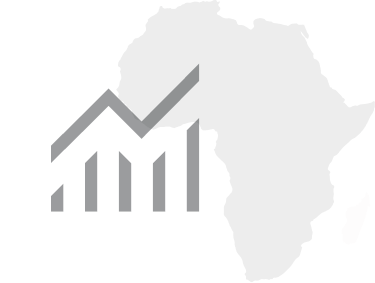Navigating the digital divide in Africa’s classrooms
08 September, 2021
The opinions expressed in this article are solely those of the author, and do not necessarily reflect the opinions or views of the Mo Ibrahim Foundation.
We cannot talk about the impact of COVID-19 without mentioning the big three which are almost always interlinked: health, education and employment. How, you may ask? It is a simple causal effect in my opinion. You need to be healthy in order to access education and enjoy long-term economic benefits. Conversely, education reduces the associated costs of healthcare as it promotes healthy lifestyles and positive choices, and nurtures human development and community well-being. In the case of COVID-19, what has emerged as a health crisis also poses extensive, far-reaching impacts on education and economic development.
The pandemic has exposed inequalities across Africa and within our respective countries. With regard to education, the scale of the digital divide and its implications for remote learning are striking. According to the 2021 Ibrahim Forum Report, 89% of learners in sub-Saharan Africa do not have access to household computers. 82% lack internet access and at least 20 million live in areas not covered by a mobile network. Furthermore, wide gender disparities in ownership of and access to digital devices have also limited technology’s role in providing solutions, leaving many girls behind.
The pandemic has exposed a two-tier problem which requires a two-tier solution. Yes, there is a digital divide in terms of access to technology. However, if we were to bridge this digital divide and hand each child in an African country a laptop, cell phone or an iPad, would they be able to use it without any disruption? Access to power is a major challenge in Africa. As highlighted in the 2021 Ibrahim Forum Report, less than half of the population of sub-Saharan Africa (47.7%) was connected to the electricity grid in 2018. Afrobarometer surveys across 34 African countries show that less than half of respondents’ electricity supplies were reliable most or all the time. There is a dire need to invest in electricity supply and access on the continent, particularly in entrepreneurial ventures focused on providing viable, affordable, long-term solutions to this issue. Government support is essential to this.
We then need to ensure that both learners and teachers are able to use technology offered. During the pandemic, I have been undertaking my Masters in Public Policy at the University of Oxford. I would have been a fish out of water without the University and the Blavatnik School of Government ensuring that students and staff gained the necessary technical skills and that we grew accustomed to hybrid learning (the use of both in-person teaching and online learning). This became our new normal. My fellow students and I were very lucky that, in spite of the restrictions imposed by the pandemic, we were able to continue learning. Imagine what could be achieved if hybrid learning was more widely available in Africa?
In Africa, teacher training often does not include information and communications technology (ICT) skills. In addition, the restricted availability of electricity and mobile coverage hampers the use of digital devices and the development of digital literacy. Governments need to ramp up funds towards screening current teachers’ capabilities and retraining them where necessary. Teachers play a vital role in building the leaders of tomorrow, yet they are among the lowest paid public sector workers in many parts of Africa, which is largely disincentivising. There should be significant pay increases for teachers to ensure that they remain motivated and their passion is nurtured. They can then provide better learning environments for their students, helping to unlock their potential.
As the world recovers from the effects of COVID-19, we must ensure Africa’s education system is not left behind. Improving access to electricity and training the continent’s teachers are vital to successfully navigating the ever-changing learning environment.


